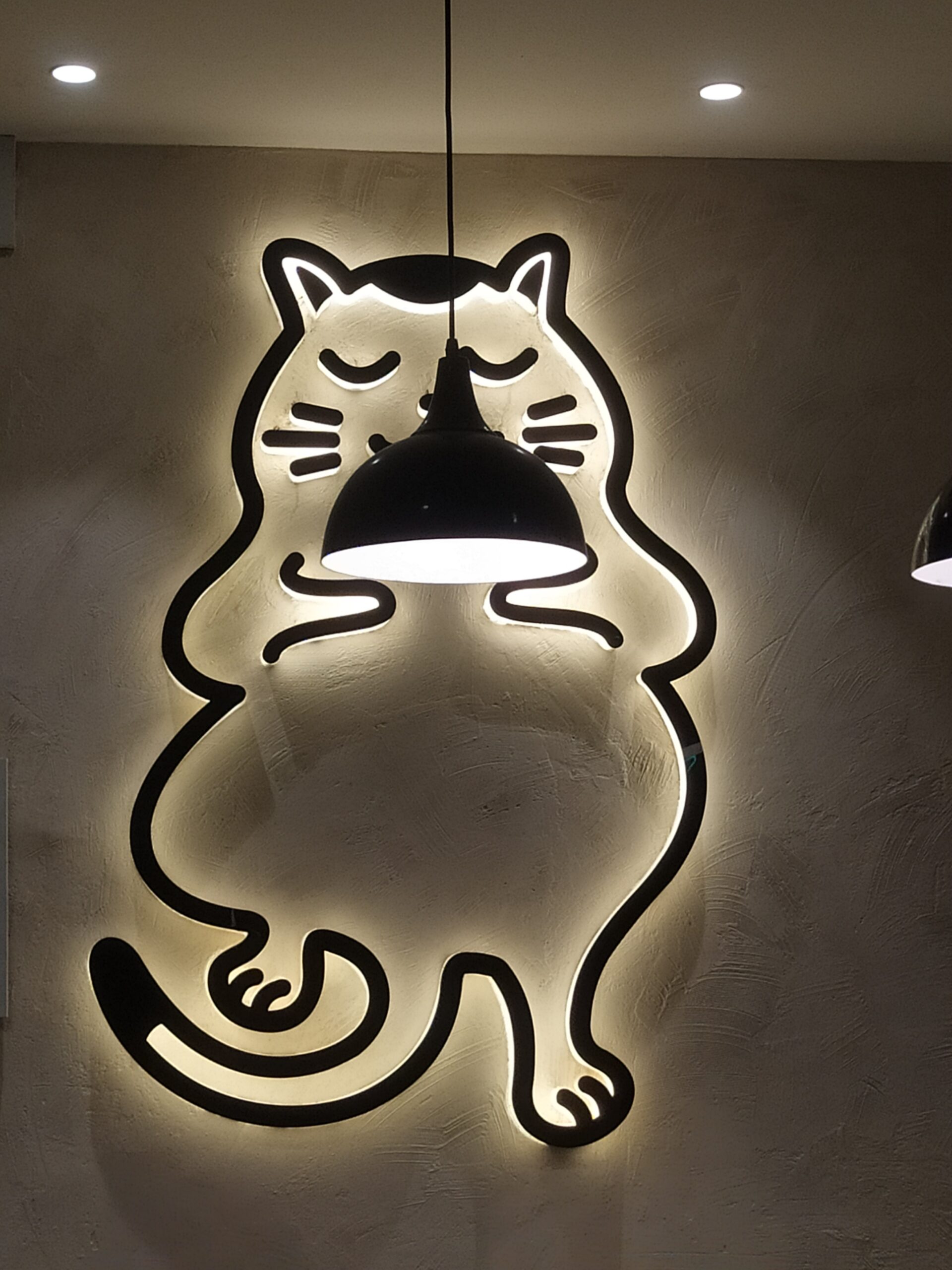One Friday evening, after finishing my work, one of my pals from the office had a rendezvous with his girlfriend. Being a polite fellow as he was, he enjoined me to accompany him to a dingy cafe where the girl was also an interim manager.
Having nothing else to do, I decided to tag along. We deboarded at the Greenpark metro station and took a rickshaw. After riding for about 15 minutes, we finally reached our destination.
It was a little hamlet of Humayunnpur, standing brave in the face of the adversary that is development and to which the upper-middle-class colony of Safdarjung enclave fell vanquished.
It wasn’t the landscape or the cramped skyline that held my eyes but rather the people. What about the people? What did I see?
Petite girls draped with tote bags, men with loose floral shirts bottomed by relaxed fit jeans. Shops selling unfamiliar products and exuding an unfamiliar smell. Gliding deep into the narrow lanes, I saw a monotony in culture and physical features in one frame and juxtaposition in the other. The area was teeming with Northeasterners with a relatively lesser share of hookah-bearing men and Salwar kurta-clad women. Humayunpur is also the place where a lot of Northeastern students live.
From my vantage point, this was a patent case of an ethnic minority X making a majority in specific pockets with a preponderance of non-X.
But were they always in the majority? How did the current demographics of this region come to be established? What is the history of Humayunpur village in Safdarjung enclave?
Humayunpur village : A history

Well, no, they weren’t always in the majority. Since the 17th century, the area has been a Jat hotspot. Now, you know where the hookah-bearing men and Salwar Kameez-clad women came from. But something changed in the 1960s. There were two things: Firstly, the landlords decided to put more bread into the sandwich to build more floors in their properties to accommodate a pouring migrant population. Secondly, the call center boom demanded skilled labor, which is why many of these migrants were heading to Delhi in the first place. Most of the migrants were Northeasterners and the most eligible to work in call centers because of their ability to speak English and the necessary soft skills. When it comes to the overall population of the Humayunpur area it is estimated to be about 11000.
To know further about the history of the area, read: https://www.livemint.com/Politics/MBqTS5hqRAGkg56G8TwY0J/Welcome-to-Humayunpur-Delhisnortheast-outpost.html
Collaboration and intermingling
Let’s fast forward to the day of my visit now.
We went to the cafe and were served with great coffee. I waited for the manager to end her shift so that I could nag her with my simmering curiosity.
Multiple themes were posited in our dialectical. One of which came across as of value to me was the intermingling theme. The theme carried many features. These were ‘coexistence in a collaborative sense between the local North Indians and the native(including Jats) and non-natives. For instance, many Humayunpur village market stores and cafes were often visited by everybody alike and vice versa. Furthermore, many tenants of the local landlords are Northeast students, ensuring the former their regular supply of rent money.
Sexualization of women
Let’s shift the hue of the entire article with another and perhaps the central theme from this article’s perspective, which is ‘sexualization, directed at primarily the NE females.
“How is the safety of women around this area, I asked”
“The place for the most part is a safe enclave for women as it is constantly being patrolled”.
“But, one thing that this place is ‘Badnaam’ for are the drugs and alcohol supplemented by the issue of sexualization.
“You see Ritik, the area is predominantly North Eastern but the neighboring areas aren’t. So, a lot of guys show up with their cars with the intent to get some action”.
“There are a lot of clubs nearby as well where misappropriation is part and parcel.”
“Returning home from these clubs in a totalled state, you would have numerous guys showing up with their cars from the nearby areas of Arjun Nagar and Krishna Nager ready to strip you of your consent and the fun.”
“Did you have to go through something similar, or anyone you know? “I asked with uneasiness, palling my hitherto Socratic temperament.
She replied with a nonchalant demeanor without having to rake up her memory.
My apologies for digressing here for a bit, but there is something about recollection. It happens when certain events are locked up in the depths of your memory, so you exert a mental force to bring it back to the surface of your consciousness. But when the instances are frequent, it keeps flowing in the stream thereof, becoming the current itself.
So, when I asked her the question, she didn’t have to dive in and pick up the memories with the seaweed of emotions. Instead, it was there waiting to be uttered, mixed up with ether to eventually become part of my consciousness.
“Once a friend of mine got drunk and on our way home, some guys offered her to get in the car and she did. Unbeknownst of where they were taking her and what I might have been inflicted upon her, I called the police”.
“Fortunately she turned out to be okay!”
“I see!”
A man possessing the apt grandiose to write another odyssey had to resort to using such prosaic phrases.
Want to know about another issue that concerns women? Read: MANSPLAINING EXAMPLE: An insight into ‘mansplaining’
Humayunpur village: Where dualism resides

The entire anecdote of the village of Humayunpur presents us with dualism—the two worlds of different communities. Humans are not cosmopolitan beings, but instead, we perceive ourselves as part of belonging to certain in-groups and the values hinged to them.
The way certain prejudices are crafted is sometimes a result of ‘being different.’ In our example of sexualization, it was a difference in attire that the men perceived as un-prudish or more inclined. The apparel-based stereotyping is also reflected in the statements of the locals that ‘they are a bunch of degenerates, degrading the decency in the locality.’ But, when money is on the table, values act like a purse to keep it.
With every anecdote of cross-community interactions, there will always be glitters and dust. A collaborative sense in transactional matters is part of the former, while particular stereotyping offshoots sexualization consists in the latter.
Therefore, the tale Humayunpur Village in Safdarjung enclave is a tale of building a home in an alien land in the hope of a better future. It is the collective choice exerted by each migrant in phases. In the first phase, it was out of the need to seek better opportunities, the second ‘to be where my people are,’ and the third where it was both.
While the Safdarjung enclave saw development, Humanyunpur remained the witness to cross-community interactions where prejudices pervade. They will continue to permeate until or unless ‘they become us and us become them.’

